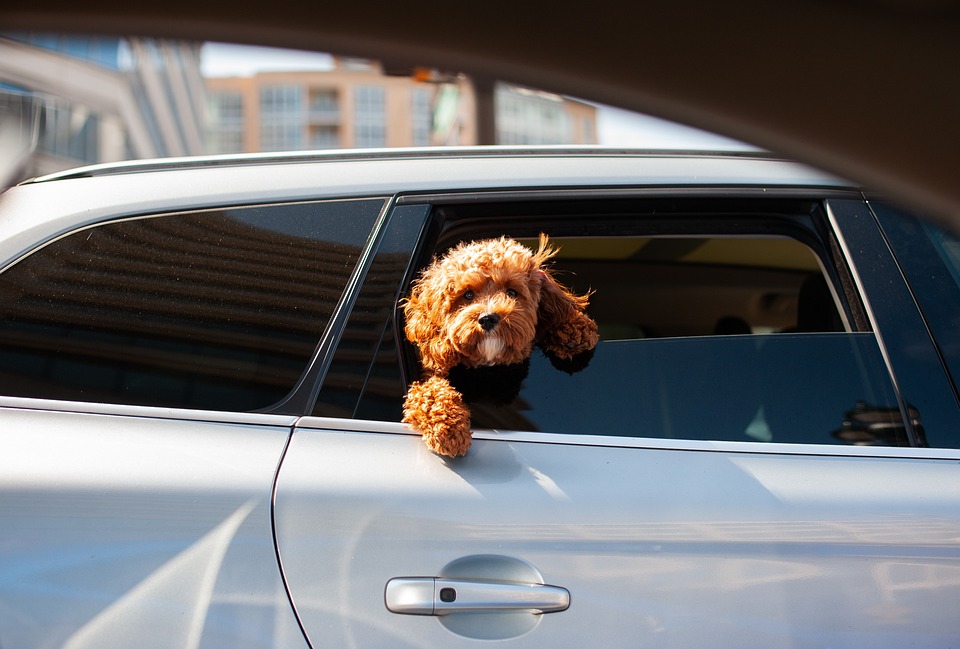Training your dog to ignore distractions is an essential skill that every responsible dog owner should prioritize. Not only does it enhance their safety and happiness, but it also helps prevent behavioral issues. In this article, we will explore effective techniques to help you master focus training for your dog, along with common questions about this topic.
Before diving into the training techniques, it’s crucial to understand why focus training is vital for your dog. A dog that can maintain focus is more likely to respond promptly to your commands, making them easier to manage and keep out of harm’s way. Additionally, focus training can help prevent behavioral issues such as excessive barking, jumping on people, or chasing after other animals. By teaching your dog to ignore distractions, you are empowering them to make appropriate choices and respond to your guidance.
The foundation of focus training lies in basic obedience commands. Before attempting to tackle distractions, ensure that your dog has a solid understanding of fundamental commands like “sit,” “stay,” and “come.” This will establish a baseline of communication and control between you and your dog, making it easier to build upon for more challenging scenarios.
Once your dog has mastered the basic commands, it’s time to introduce controlled distractions. Start with mild distractions that your dog can handle, such as a toy or treat placed within their line of sight. Practice the basic commands while gradually increasing the level of distraction. As your dog becomes more proficient at focusing on you despite the distractions, gradually raise the difficulty level.
Positive reinforcement is key when training your dog to ignore distractions. Reward your dog with treats, praise, or playtime whenever they successfully maintain focus despite distractions. This positive association will motivate them to repeat the desired behavior. Remember to be consistent and patient during this process, as it may take time for your dog to fully grasp the concept.
Desensitization is an effective technique to help desensitize your dog to specific distractions. For instance, if your dog gets overly excited when seeing other dogs, gradually expose them to other dogs from a distance while maintaining focus on you. Reward your dog for staying calm and focused, gradually decreasing the distance between them and the other dog. Over time, your dog will learn to remain focused on you even in the presence of their triggers.
Now, let’s address some frequently asked questions (FAQs) about training your dog to ignore distractions.
Q1: How long does it take to train a dog to ignore distractions?
The duration of training depends on various factors, including your dog’s breed, age, and previous training experience. Some dogs may grasp the concept quickly, while others may require more time and practice. Consistency, patience, and positive reinforcement are crucial for successful training.
Q2: Are certain dog breeds more prone to distractions?
While individual dogs may vary, certain breeds are generally more easily distracted than others. High-energy breeds or those with strong prey drives, such as terriers or hounds, may require extra focus training. However, with proper training techniques, any dog can learn to ignore distractions.
Q3: Should I use punishment or corrections when my dog gets distracted?
No, punishment or corrections should be avoided when training your dog to ignore distractions. Using positive reinforcement, rewards, and redirection techniques is much more effective and promotes a positive learning environment for your furry friend.
Q4: Can I hire a professional trainer to assist with focus training?
Absolutely! If you feel overwhelmed or lack the time and expertise to train your dog to ignore distractions, enlisting the help of a professional dog trainer can be immensely beneficial. They can guide you through the process, address specific challenges, and tailor the training to your dog’s individual needs.
In conclusion, mastering focus training for your dog is a journey that requires time, patience, and consistency. By following the techniques outlined in this article, you can help your dog develop the ability to ignore distractions and focus on your commands, creating a safer and more enjoyable experience for both of you. Remember, training should always be a positive and rewarding experience for your furry companion.









